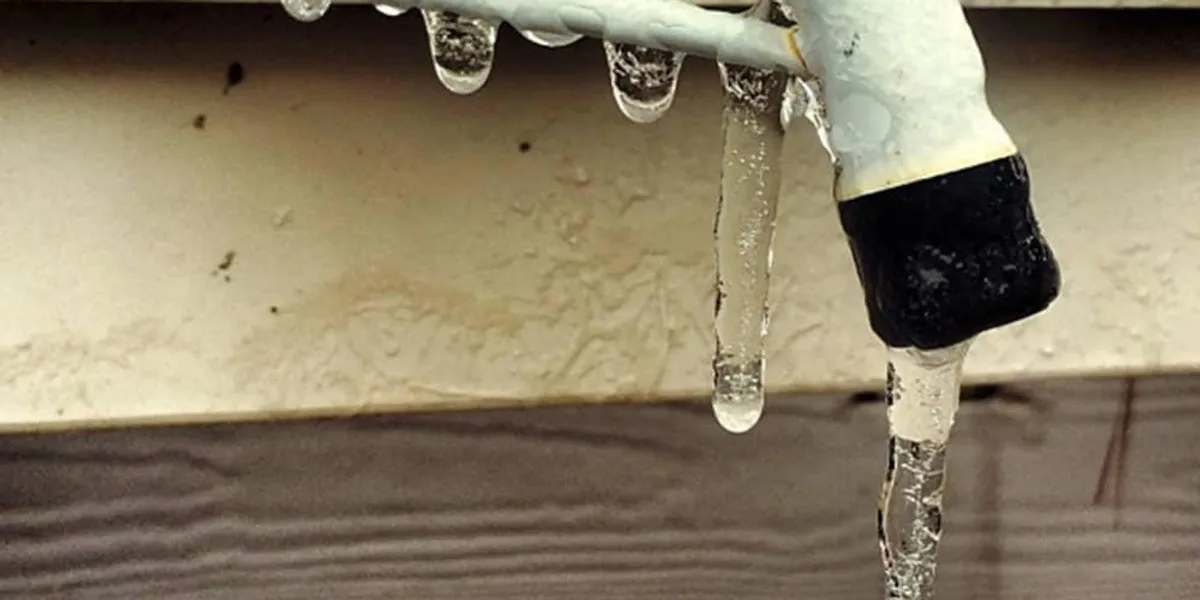Shielding Pipes from Freezing Damage: Essential Approaches
Shielding Pipes from Freezing Damage: Essential Approaches
Blog Article
This post following next on the subject of Preventing and dealing with frozen pipes is fairly entertaining. You should see for yourself.

Winter can ruin your pipes, specifically by freezing pipes. Here's just how to avoid it from happening and what to do if it does.
Introduction
As temperature levels decline, the risk of frozen pipes rises, potentially leading to pricey fixings and water damages. Understanding how to stop frozen pipelines is essential for homeowners in cool environments.
Comprehending Frozen Pipelines
What causes pipelines to ice up?
Pipelines freeze when subjected to temperatures below 32 ° F (0 ° C) for expanded durations. As water inside the pipes ices up, it expands, putting pressure on the pipe walls and possibly creating them to break.
Threats and problems
Frozen pipes can bring about water supply disturbances, residential property damages, and costly repair work. Burst pipelines can flood homes and cause comprehensive structural damage.
Indications of Frozen Pipes
Determining icy pipelines early can stop them from bursting.
Just how to identify icy pipelines
Seek decreased water flow from taps, unusual smells or noises from pipelines, and visible frost on subjected pipelines.
Prevention Tips
Insulating at risk pipes
Cover pipelines in insulation sleeves or utilize heat tape to protect them from freezing temperatures. Concentrate on pipes in unheated or outside locations of the home.
Home heating strategies
Maintain indoor rooms properly heated, specifically areas with plumbing. Open closet doors to permit warm air to circulate around pipelines under sinks.
Shielding Outdoor Plumbing
Yard hose pipes and outside taps
Disconnect and drain pipes yard hose pipes before winter season. Mount frost-proof faucets or cover exterior taps with protected caps.
What to Do If Your Pipes Freeze
Immediate actions to take
If you suspect icy pipes, keep taps open to alleviate pressure as the ice thaws. Use a hairdryer or towels soaked in warm water to thaw pipes gradually.
Long-Term Solutions
Structural changes
Consider rerouting pipes away from exterior wall surfaces or unheated areas. Add additional insulation to attic rooms, cellars, and crawl spaces.
Updating insulation
Invest in top quality insulation for pipelines, attic rooms, and wall surfaces. Correct insulation assists preserve regular temperature levels and lowers the threat of icy pipes.
Verdict
Protecting against frozen pipelines needs aggressive steps and quick reactions. By understanding the reasons, indicators, and safety nets, property owners can secure their pipes during winter.
5 Ways to Prevent Frozen Pipes
Drain Outdoor Faucets and Disconnect Hoses
First, close the shut-off valve that controls the flow of water in the pipe to your outdoor faucet. Then, head outside to disconnect and drain your hose and open the outdoor faucet to allow the water to completely drain out of the line. Turn off the faucet when done. Finally, head back to the shut-off valve and drain the remaining water inside the pipe into a bucket or container. Additionally, if you have a home irrigation system, you should consider hiring an expert to clear the system of water each year.
Insulate Pipes
One of the best and most cost-effective methods for preventing frozen water pipes is to wrap your pipes with insulation. This is especially important for areas in your home that aren’t exposed to heat, such as an attic. We suggest using foam sleeves, which can typically be found at your local hardware store.
Keep Heat Running at 65
Your pipes are located inside your walls, and the temperature there is much colder than the rest of the house. To prevent your pipes from freezing, The Insurance Information Institute suggests that you keep your home heated to at least 65 degrees, even when traveling. You may want to invest in smart devices that can keep an eye on the temperature in your home while you’re away.
Leave Water Dripping
Moving water — even a small trickle — can prevent ice from forming inside your pipes. When freezing temps are imminent, start a drip of water from all faucets that serve exposed pipes. Leaving a few faucets running will also help relieve pressure inside the pipes and help prevent a rupture if the water inside freezes.
Open Cupboard Doors
Warm your kitchen and bathroom pipes by opening cupboards and vanities. You should also leave your interior doors ajar to help warm air circulate evenly throughout your home.

Do you appreciate reading about 6 Ways to Prevent Frozen Pipes? Try leaving a remark directly below. We would be happy to know your ideas about this post. In hopes that you visit us again in the near future. Do you know about another individual who is interested by How to Prevent Your Pipes From Freezing? Take a moment to promote it. We value reading our article about How to prepare your home plumbing for winter weather.
Call Us Today Report this page